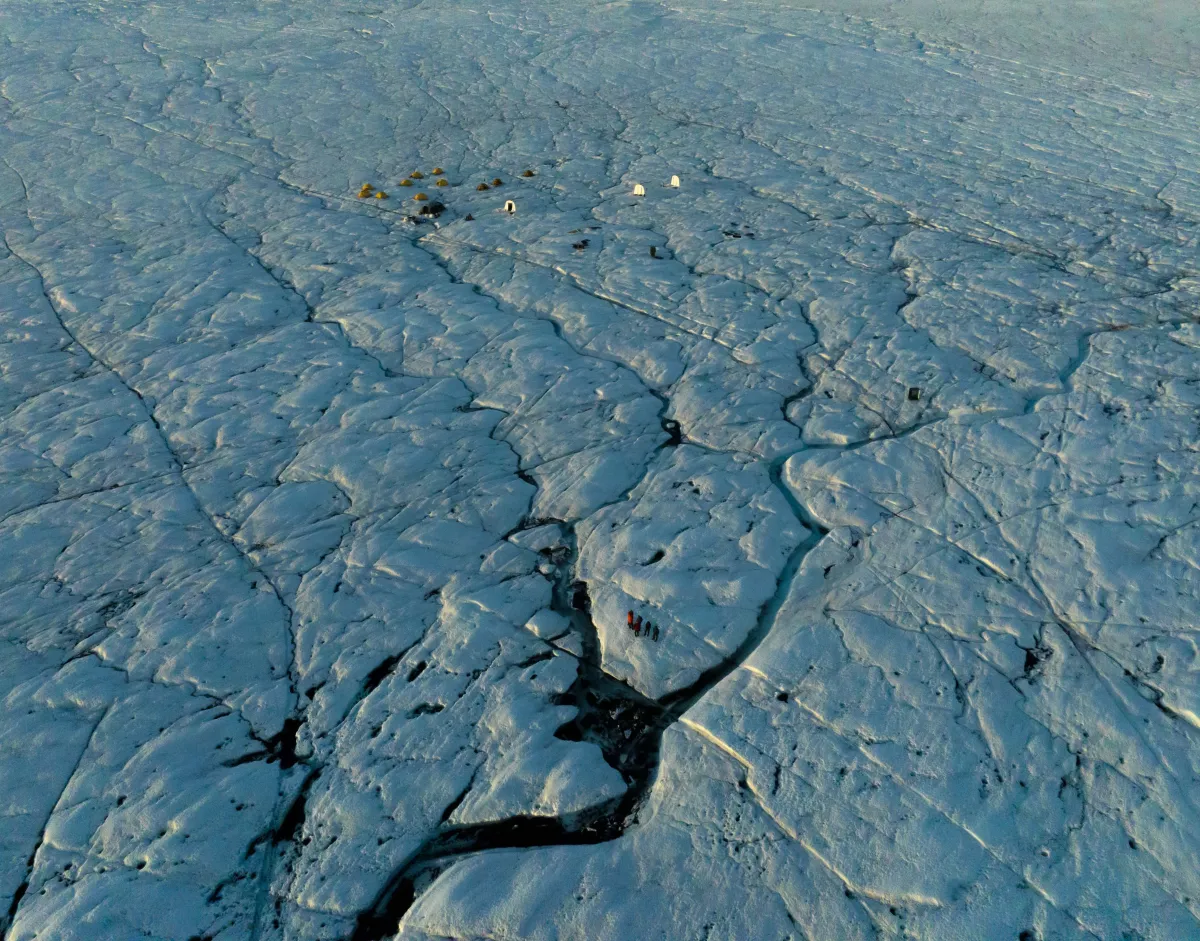
-
Kathy Kasic, Director/Producer

About the Project
THE LIVING ICE OF GREENLAND is a feature-length documentary film about the startling discovery of a dark microbial forest melting the Greenland Ice Sheet far faster than any models predict, and the Arctic scientists traversing Greenland to understand it.
Despite an increasingly clear picture of climate change, gaps in climate science - such as understanding the melt rate of major ice sheets - persist. While some call climate science a hoax, others think it no longer influences societal change. With so many remaining unknowns, a ‘post-climate science’ focus dangerously suggests this science is finished and minimizes understanding Earth’s systems as prerequisite for accurate predictions.
The Greenland Ice Sheet is melting, threatening to raise sea levels, inundating coastal communities worldwide. Climate change contributes most to ice sheet melt, but particulate matter on the GrIS adds to it, as darker surfaces absorb sunlight as heat. Satellite images of a dark band surrounding the GrIS has prompted concern about accelerating ice melt. And while scientific consensus has always suggested the dark particulate matter is soot, a world-renowned multi-specialty science team has found the dark band is mostly ice algae. The ice algae (found on all large bodies of ice) decrease the reflectance of the ice, causing a 20% additional melt of the GrIS, a finding not included in any current predictive models and only first acknowledged as “biological influences” in the most recent International Panel on Climate Change (IPCC) report. This new science fundamentally changes the understanding of ice darkening during melt season and accelerates the GrIS towards its tipping point, increasing global sea level, changing weather systems and shutting down the gulf stream.
THE LIVING ICE OF GREENLAND follows the process of Arctic microbial ecological research – in deep field camps on the Ice Sheet, via boat travel to melting glaciers, and by steep ascents on foot to remote polar glaciers.